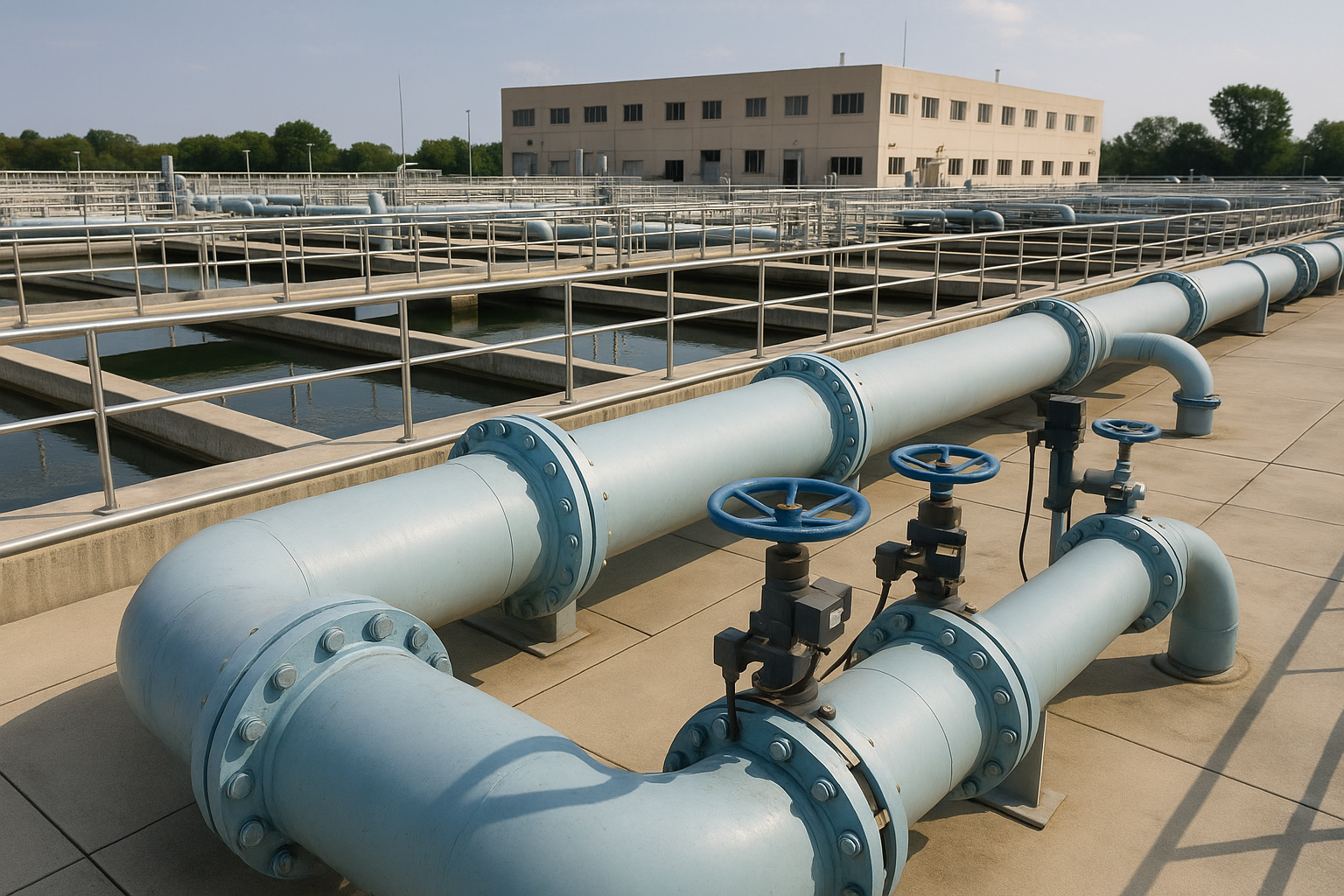Digital transformation in water sector stalls over capacity and cost barriers
The study identifies several critical obstacles that restrict the momentum of digital transformation in water utilities. Chief among them is the cost-benefit calculus utilities must perform before investing in new technologies. Utilities must often choose between upgrading infrastructure for compliance or customer safety and investing in unproven or non-mandated technologies. Without clear regulatory drivers or immediate ROI, innovation takes a back seat.

The digital overhaul of water utilities, while long underway, remains fragmented and slow-moving, according to a recent study published in the journal Smart Cities. Titled “Digital Transformation in Water Utilities: Status, Challenges, and Prospects”, the paper presents a detailed review of how digital tools, from SCADA systems and GIS platforms to digital twins and decision support systems, are being adopted across the water utility sector globally.
The research traces digital transformation across three primary operational dimensions: infrastructure and system management, business processes, and customer engagement. It highlights that adoption is uneven, with only around 20,000 utilities worldwide considered organizationally and financially prepared to undertake significant digital upgrades. Many small and medium-sized utilities, particularly in lower-income settings, remain hindered by aging infrastructure, workforce shortages, and risk-averse leadership structures.
Among the technologies reviewed, supervisory control and data acquisition (SCADA) systems and geographic information systems (GIS) emerged as the most widely implemented digital tools. These systems offer utilities a base for asset visualization, remote monitoring, and real-time response capabilities. Meanwhile, digital twins, virtual models of physical systems, are gaining attention but lack universal definitions and scalable implementation frameworks. Advanced metering infrastructure (AMI), asset management systems, and data-driven water loss control techniques are also spreading, but often face delays due to cost constraints and unclear return on investment (ROI) assessments.
What are the main challenges slowing technological adoption?
The study identifies several critical obstacles that restrict the momentum of digital transformation in water utilities. Chief among them is the cost-benefit calculus utilities must perform before investing in new technologies. Utilities must often choose between upgrading infrastructure for compliance or customer safety and investing in unproven or non-mandated technologies. Without clear regulatory drivers or immediate ROI, innovation takes a back seat.
Workforce limitations further complicate adoption. The sector faces a dual challenge: an aging workforce with limited digital literacy and a shortage of new workers equipped with the necessary technical skills. As many legacy systems remain poorly documented or manually maintained, transitioning to digitally enabled systems requires not just new hardware and software but also internal restructuring and knowledge management practices.
Regulatory structures are another constraint. While health and safety regulations are well-developed, there is little formal regulation incentivizing digital transformation. Political oversight bodies, especially in municipally owned utilities, often lack the technical understanding or motivation to push digital agendas. Privately owned utilities, regulated for rate increases and service reliability, may have slightly more room for innovation but remain cautious without external mandates.
A lack of industry-wide performance benchmarking also limits peer-to-peer learning and slows the diffusion of best practices. Although trade groups and water associations such as the AWWA and WRF have begun promoting digitization through knowledge-sharing platforms and research programs, the uptake among smaller and mid-tier utilities has been minimal.
What tools and models offer a way forward?
Despite these barriers, the study outlines a future roadmap that leverages successful use cases and real-world innovations to guide broader digital transformation. The study categorizes solutions under three broad pillars: operational upgrades, enterprise management, and strategic innovation.
Operationally, systems such as SCADA and GIS are already deeply embedded and offer launchpads for more advanced capabilities. For instance, digital twins can build on SCADA infrastructure by incorporating real-time sensor data, predictive analytics, and modeling tools to forecast pipe failures, optimize distribution pressure, and improve water quality management. The integration of AMI allows for more frequent monitoring, automated leak detection, and customer usage insights.
In the enterprise management domain, utilities are encouraged to adopt holistic data management practices, particularly integrating legacy records into centralized databases accessible through visualization dashboards. These dashboards, coupled with advanced decision support systems (DSS), can improve planning, automate reporting, and facilitate customer engagement through digital interfaces and mobile apps.
Strategically, the paper advocates for increased investment in research-practice integration. Many digital innovations emerge from field experience rather than academic labs. Therefore, the study recommends utilities work closely with industry consortia, vendors, and regulatory bodies to co-develop scalable and adaptable technologies. The research also identifies asset management and distribution system optimization (DSO) as prime areas for pilot testing and broader experimentation.
To accelerate adoption, the study proposes a dual-pronged research agenda. One track focuses on applied innovation such as AMI, pressure control systems, and pipe condition forecasting. The second targets foundational issues like cybersecurity, machine learning for anomaly detection, and advanced customer segmentation tools for rate planning and conservation efforts.
- READ MORE ON:
- digital transformation in water utilities
- smart water infrastructure
- utility modernization
- digital water management
- water utility digital tools
- digital twins in water utilities
- challenges of digital transformation in water utilities
- how water utilities use SCADA and GIS systems
- future roadmap for smart water utility innovation
- FIRST PUBLISHED IN:
- Devdiscourse










